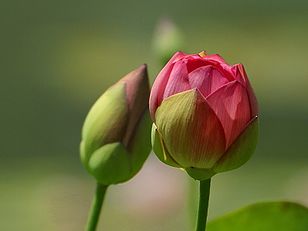
Photo by Maria C. Morrow)
During this Advent season, we are reminded that our God comes to us in the Incarnation, becoming known to us in the Nativity that we celebrate on Christmas. Our Lord’s taking on flesh cannot be generic, but rather, is remarkably specific. Jesus is Jewish, born of Jesus and Mary, born of the house of David, in Bethlehem.
Yet, at the same time, Jesus does belong to all of us, and so, it is not surprising that different cultures have chosen to portray Jesus according to their own marks, making him appear lighter or darker. What can be uncomfortable, however, is when the spread of the Catholic faith is tightly bound with the colonialism of a particular country. The quest for wealth brings dominance over other peoples, and even missionaries with the best intentions may fail to share the beauty and truth of the faith while being respectful to those they approach. The Catholic faith may simply appear foreign, and that impression, superimposed with colonialist dominance, can hinder, rather than assist, the spread of the faith.
Today’s Feast of Our Lady of Guadalupe celebrates the appearance of Mary to St. Juan Diego in 1531. Appearing near present-day Mexico City, Mary spoke to Juan Diego, asking for a church to be built on the site. What was remarkable, however, was that this Mary did not appear to the humble peasant farmer in European form, as though out of a Renaissance painting. Instead, her skin tone resembled Juan’s. “La morenita,” or “the little brown one,” is one name sometimes used for Guadalupe.
And yet, Our Lady of Guadalupe also appeared in honor and glory. Juan was struck by her queenliness and authority, her beauty and obvious nobility. Today’s first reading choice from Revelation bears resemblance to Guadalupe: a pregnant woman, with the moon at her feet and a crown of stars. Yet this is also the image of a cosmic battle between good and evil. We see that Our Lady of Guadalupe is at once intensely specific to the region where she appeared, and yet also transcends it. She is brown, and she is also powerful. She is like Juan, yet utterly different, in the best of ways. For her glory brings out the best in others, drawing them closer to God in their awareness of his love for each person.
Our Lady of Guadalupe continues to be a powerful image for the Church. She is an image of the inclusion of all peoples; the faith can not be claimed by one ethnicity but belongs to all. She reminds us that God loves the poor and the downtrodden, such as Juan Diego. In Mary’s yes to God at the Annunciation, she became a mother to all of us.


